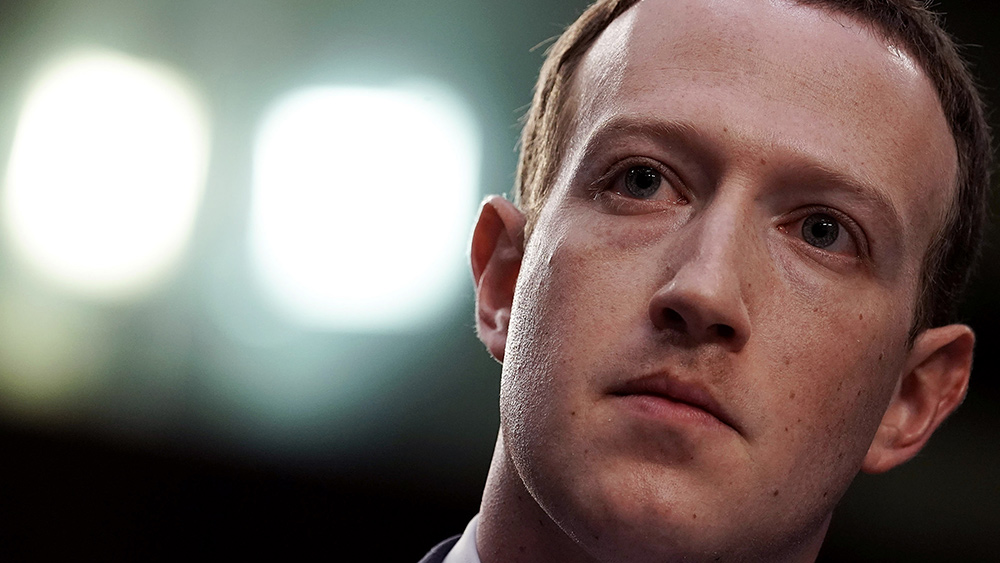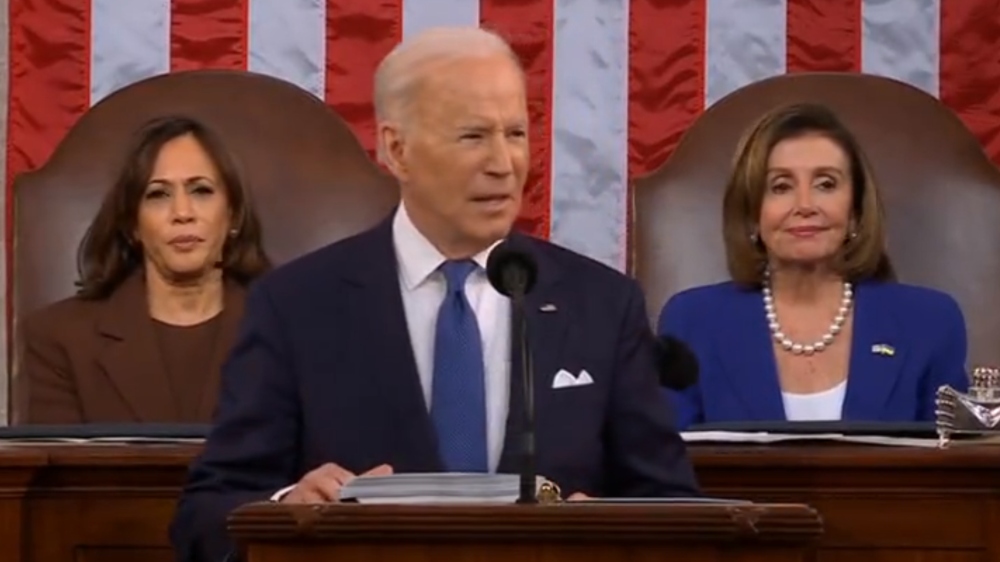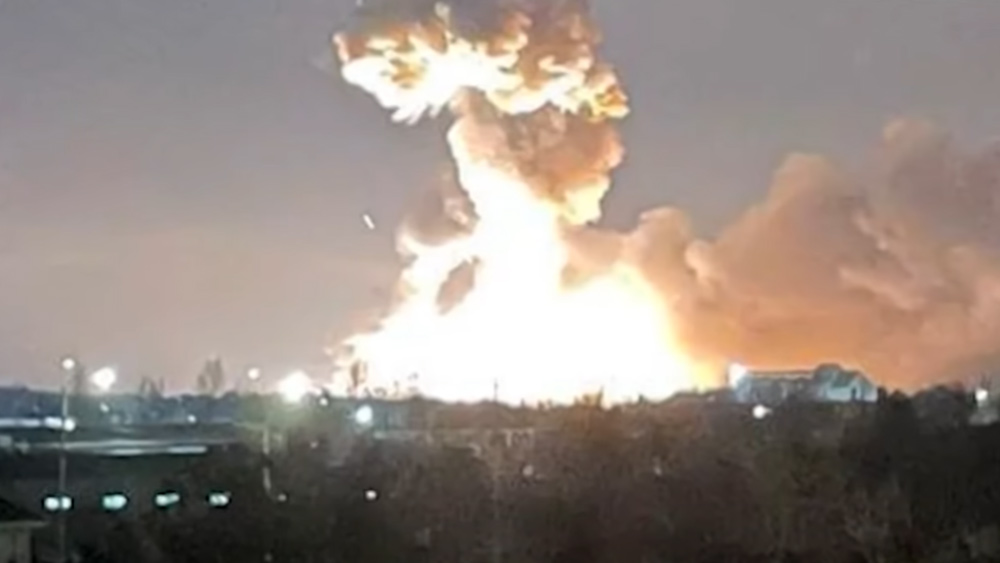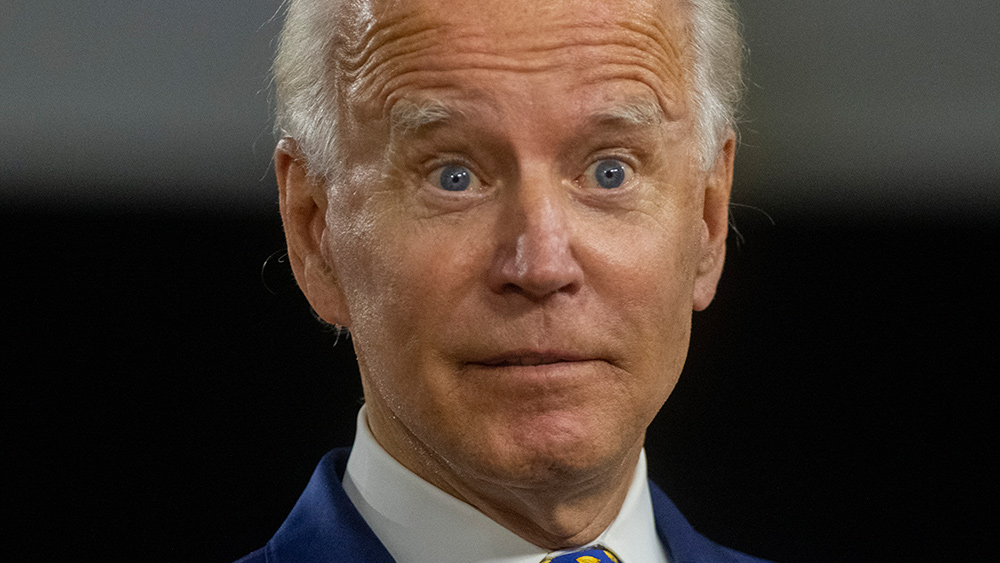Senate passes bill to end COVID-19 state of National Emergency
03/07/2022 / By Mary Villareal
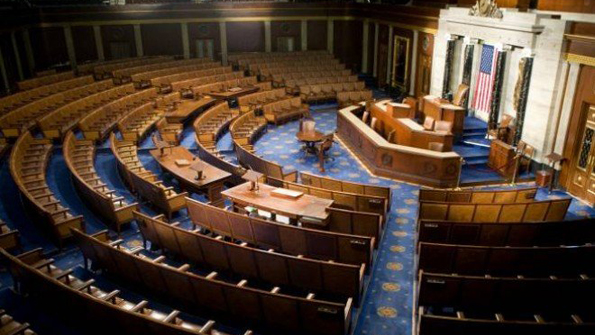
The United States Senate passed a bill to end the Wuhan coronavirus (COVID-19) state of National Emergency in a party-line vote as mask mandates and social distancing restrictions continue.
All Republicans voted for Senate Joint Resolution 38, which would effectively end the national emergency declared by then-President Donald Trump on March 13, 2020. Meanwhile, all Democrats voted against the declaration, which President Joe Biden has already extended twice. With three Democratic and two Republican Senators not present in the session, the resolution ended with a 48-47 vote, passing the bill successfully in Senate. (Related: President Biden to extend COVID-19 “national emergency” status.)
Senator Roger Marshall of Kansas, who introduced the measure, said in a statement after the vote: “After nearly two years of living under this state of emergency, the American people are worn out and yearning to breathe free; they long for their God-given freedoms, and for leaders to take their side. There is no doubt, it’s time for our nation to learn to live with COVID.”
However, Democrats opposed the measure, with Senate Majority Leader Chuck Schumer of New York claiming that lifting the mandates would prevent the Biden administration from being able to fight the pandemic if a new strain develops. He added that it was too early to lift the emergency measures as it would handicap the administration’s ability to fight the pandemic.
“The best way to ensure that we keep schools open and cases low is by staying at the ready, and that is what these emergency powers enable us to do,” he said. “By prematurely terminating the national emergency declaration on COVID, it will be harder to ensure we have enough supplies, enough support for health care workers, and it risks throwing tens of millions of student loan borrowers into needless uncertainty and anxiety.”
Biden threatens to veto bill
Meanwhile, the White House pledged to veto the bill if it reaches Biden’s desk, saying that the GOP attempt at terminating the pandemic emergency declaration is a “reckless and costly mistake” to make.
The Democrats argue that the bill could halt COVID-19 policies and protections, such as student loan payment relief, looser telehealth regulations and higher reimbursement rates for providers. All these could also raise funding concerns.
The administration is already asking Congress for $18.25 billion to continue buying therapies, tests and vaccines. This does not include the billions more that the White House could ask for to implement an exit roadmap or other initiatives tied to the COVID response, such as bolstering nursing home oversights or pushing for mental health care plans.
Officials are still concerned about the ongoing effects of COVID, fearing that the chapter is not yet over. Biden’s chief medical adviser Anthony Fauci said emergency means different things to different people, and the United States remains in a situation where there are around 68,000 active cases. As the administration launched a roadmap for the pandemic’s next phase, Fauci noted that the government must always be prepared for the possibility of another variant.
The trends continue to look up, with the CDC saying that COVID-19 shifted its map again, placing roughly 90 percent of the country in low to moderate risk zones. However, there are more cases reported per day now compared to July 2021, when Biden declared a premature success. (Related: Trudeau and Biden EXTENDED national emergencies to create PERMANENT state of emergency for never-ending suspension of civil rights.)
Another factor that the administration is considering to address the state of the pandemic is the vaccination rate of the citizens. The gap between COVID-19 vaccination coverage in rural and urban America has grown wider in the past year, despite the increased availability and improved access to vaccines. In rural areas, only a little over 58 percent got at least one dose of any of the available COVID-19 vaccines, while it is at around 75 percent in urban counties.
This urban-rural coverage gap is similar in all age groups, but was more pronounced among younger Americans. In rural counties, nearly 40 percent of 12- to 17-year-olds have received at least one vaccine dose, compared to about 65 percent in urban counties. For the 5- to 11-year-old age range, the rates were at 15 and 30 percent, respectively.
More related stories:
Dr. Robert Malone calls for immediate end to Biden’s national emergency.
Biden using “national emergency” to allow corrupt feds to rig the 2022 midterm elections.
Watch the video to know why the emergency phase of the COVID-19 pandemic is over.
This video is from the GalacticStorm channel on Brighteon.com.
Follow Pandemic.news for more updates related to the COVID-19 pandemic.
Sources include:
Submit a correction >>
Tagged Under:
Anthony Fauci, big government, coronavirus, covid-19, democrats, health freedom, Joe Biden, Liberty, mask mandates, medical fascism, Medical Tyranny, national emergency, pandemic, propaganda, Republicans, social distancing, US Senate, vaccine mandates, White House
This article may contain statements that reflect the opinion of the author
RECENT NEWS & ARTICLES
COPYRIGHT © 2017 WHITE HOUSE NEWS





